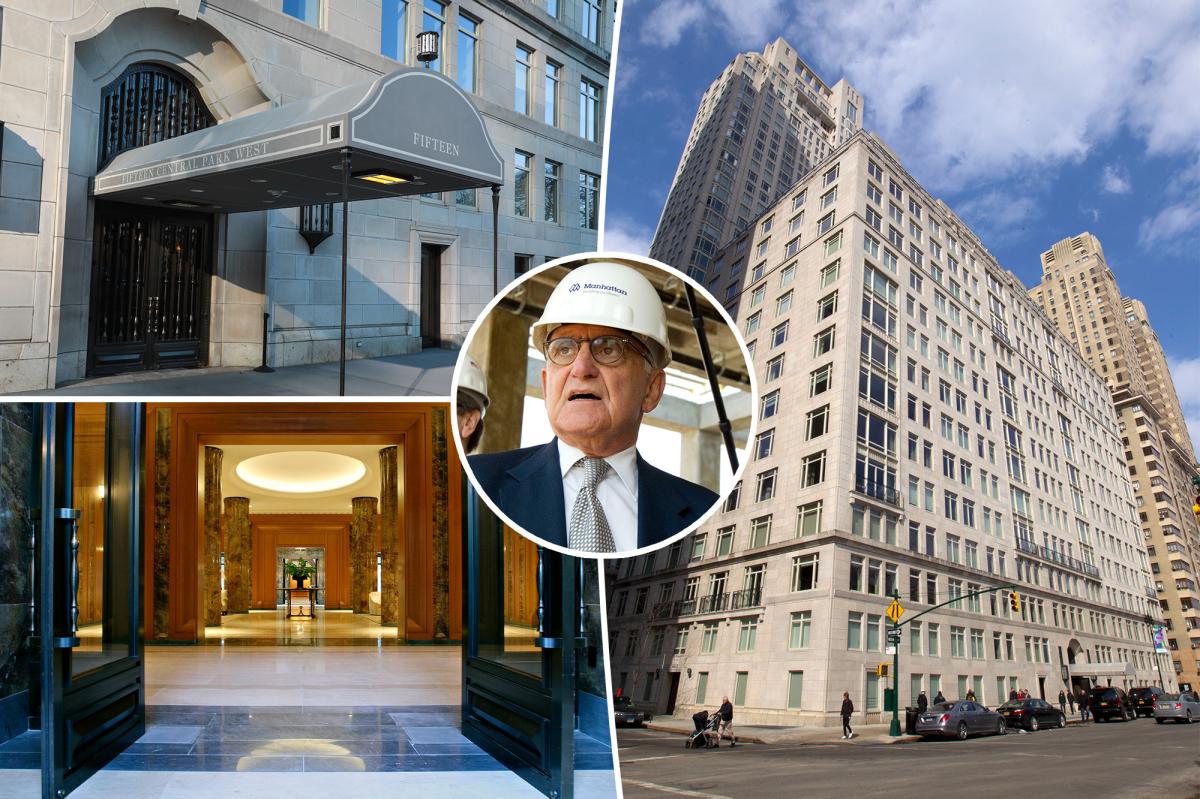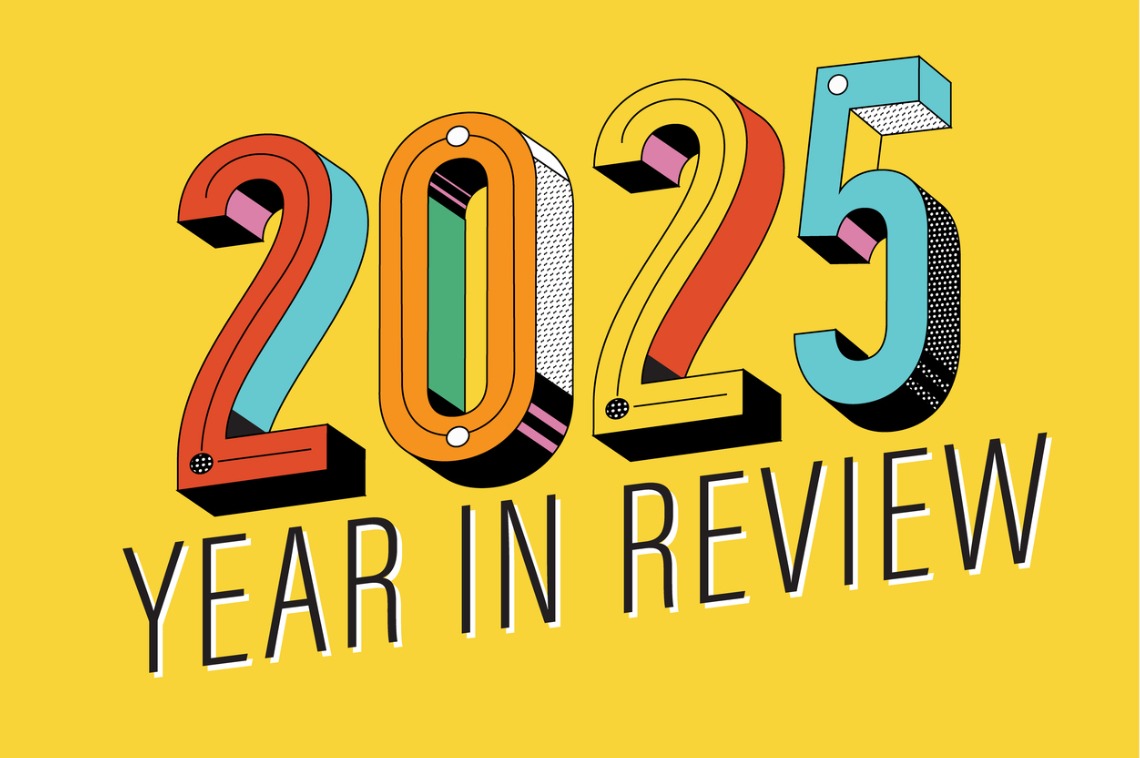R
eal‑estate investors targeting budget‑friendly metros are redefining those markets, pushing small‑scale landlords ahead of larger firms. The U.S. landscape is split: in pricey Western and coastal states—Montana, California—wealthy landlords are willing to pay up to 35 % above the median sale price, chasing high yields, per Realtor.com’s latest Investor Report. Conversely, in more affordable Heartland states—Michigan, Maryland, Wisconsin—investors focus on the lower end of the market, sometimes paying less than half what a typical buyer would.
“Even as investors retreat from pandemic‑era activity, they face fewer obstacles than most buyers,” notes Realtor.com chief economist Danielle Hale. “With affordability stretched and inventory tight, many prospective buyers stay out, giving investors a larger market share and, in some areas, more pricing power.”
At the city level, Detroit offered the steepest discount: landlords paid 58 % less than individual buyers. In October, Detroit’s median list price fell to $268,000—$156,000 below the national average—making it one of the most affordable large U.S. cities, according to Realtor.com’s monthly housing trends. The city’s relative affordability attracts investors seeking high returns.
Erica Collica Swink, associate broker at Detroit‑Max Broock Realtors, says the city’s low prices are a magnet for investors. “Detroit’s home prices are far more affordable than elsewhere, which is very appealing,” she explains. “We’re still in a ‘transformation‑recovery’ phase, creating a perfect storm for investors to acquire properties needing repairs—tasks many individual buyers can’t afford or spare time for.” Swink argues that the influx of investors benefits Detroit rather than displacing buyers, citing the city’s 139‑square‑mile size and ample available land.
Beyond Detroit, several Midwestern metros combine affordability with steady rental demand, drawing investors in droves. In Pittsburgh, the typical investor paid $115,000—52.7 % below the $252,000 median sale price. Pittsburgh ranked among the top 50 U.S. metros for lowest median list price at $250,000 in October. Baltimore offered the third‑largest discount at 52 %, followed by Cleveland (51.4 %) and Milwaukee (50.1 %). Realtor.com senior economic research analyst Hannah Jones notes that these discounts signal investors targeting lower‑priced homes and entry‑level stock, which often deliver the best rent‑to‑price ratios and long‑term income.
On a national scale, 10.8 % of all homes purchased in Q2 2025 went to investors—a slight year‑over‑year rise—pushing prices higher in competitive areas. Small investors maintained dominance, capturing 62.7 % of the market—the second‑highest share since 2007—while larger players fell to 20.1 %. Investors face the challenge of balancing affordability with potential returns. In Q2, they captured the largest shares in budget‑friendly states: Missouri (18.9 %), Mississippi (17.1 %), Nevada (15.4 %), Indiana (14.3 %), and Alabama (13.4 %). Jones explains that these states are generally affordable yet have seen rental prices hold up better than national averages, creating opportunities. Nevada, especially Las Vegas, has experienced a shift: falling demand has increased inventory and lowered prices, attracting investors.
Las Vegas has become a major draw for smaller investors. Tania Jhayem, real‑estate agent and investment specialist with Urban Nest, says Nevada’s lack of state income tax, low property taxes, and landlord‑friendly environment make it easy to see solid returns without excessive red tape. “We still have a strong rental market, but we’re seeing early signs of normalization—more available homes, slightly longer days on market, and landlords needing to be more competitive with pricing to succeed,” she notes. Jhayem observes that many investors this fall are buying to rent rather than flip, taking advantage of price adjustments and motivated sellers for long‑term stability.
Like Detroit, investor activity in Las Vegas has a positive overall impact, according to Jhayem. “It keeps the market moving, revitalizes older properties, and adds much‑needed rental inventory.”













